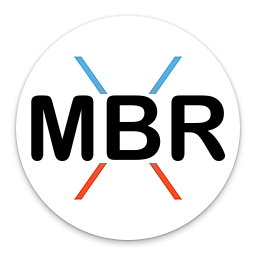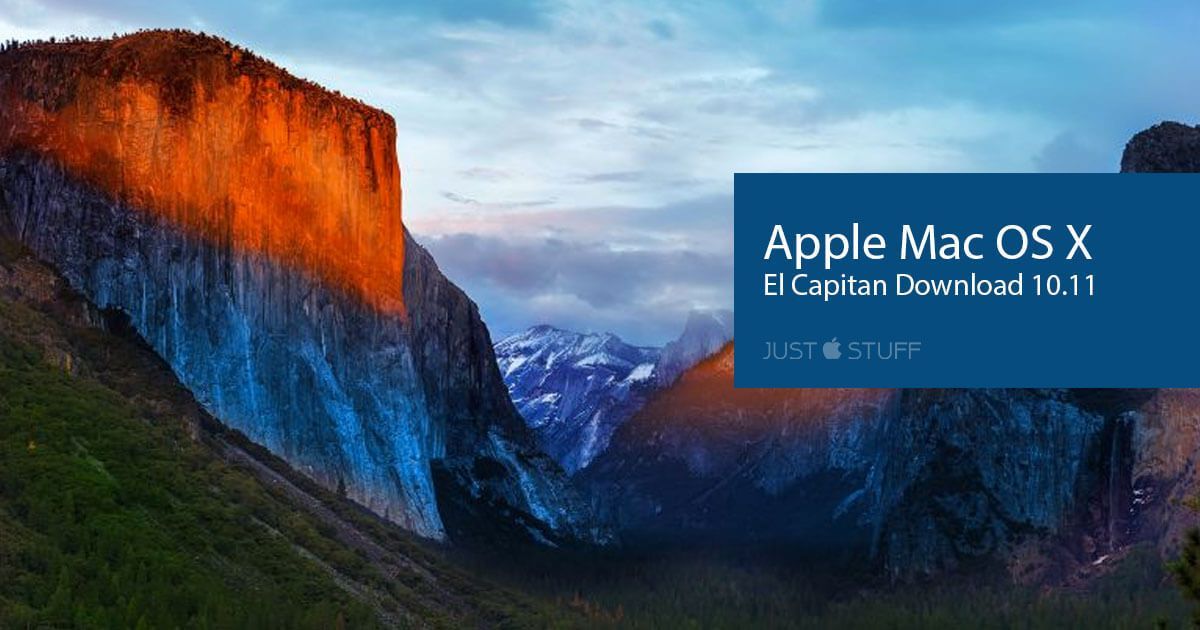Updates
Personally, my older unsupported Macs are still running Snow Leopard, Mavericks, El Capitan, and Sierra, and only the latest machines will run Mojave for my particular setup, but to each their own, and it’s undoubtedly cool that Dosdude has consistently come up with utilities like this to get various versions of Mac OS system software running. Now we are going to install Mac OS X El Capitan. Select Reinstall OS X in the Recovery Mode. Click Continue when the OS X installer comes up. It will ask to select Agree or Disagree few times. Click on Agree or Continue on all selections. When the installing process is done, you need to configure settings.
Important Notes:- Using APFS is REQUIRED in Mojave in order to receive system updates via the normal Software Update method. If you choose to continue using macOS Extended (Journaled) as your filesystem type, you will NOT receive System Updates via System Preferences. If you are not using APFS, you can follow the 10.14.1 installation steps below.
- After applying ANY system update via Software Update, re-applying post-install patches using your Mojave Patcher installer volume will most likely be necessary. If you install a software update and the system fails to boot afterwards, this is what needs to be done.
10.14.6
10.14.6 can be updated normally via Software Update if using an APFS volume, and will need to be patched using an installer volume created with Mojave Patcher version 1.3.2 or later after installing.
10.14.5
10.14.5 can be updated normally via Software Update if using an APFS volume, and will need to be patched using an installer volume created with Mojave Patcher version 1.3.1 or later after installing.

 10.14.4
10.14.410.14.4 adds new changes that ARE NOT patchable by the post-install tool of Mojave Patcher v1.2.3 and older! Before updating to 10.14.4, you you will need to use the latest Mojave Patcher version to create a new installer volume, using the 10.14.4 installer app. Then, update to 10.14.4, either by installing via Software Update, or by just using the installer volume you've created to install.
Mac Os El Capitan Patcher.dmg Free
10.14.3If you are currently running 10.14.1 or 10.14.2, you can simply use the Software Update pane of System Preferences (if using APFS) to apply the 10.14.3 update. Once the update is installed, you will most likely need to re-apply post-install patches to get the system to boot again. This process is detailed in steps 8 - 10 above. If you are currently running 10.14.0, you'll need to proceed with the 10.14.1 update method described below.

10.14.2
If you are currently running 10.14.1, you can simply use the Software Update pane of System Preferences (if using APFS) to apply the 10.14.2 update. Once the update is installed, you will most likely need to re-apply post-install patches to get the system to boot again. This process is detailed in steps 8 - 10 above. If you are currently running 10.14.0, or are using a non-AFPS volume, you'll need to proceed with the 10.14.1 update method described below.
10.14.1/macOS Extended (Journaled) volumes
The Mojave 10.14.1 update does NOT install properly on unsupported machines, and could result in an unbootable OS. If you want to install the 10.14.1 update (and are not currently running 10.14.1), perform the following steps:
• Download the latest version of Mojave Patcher
• Download the installer using the Tools menu of Mojave Patcher
• Create a patched USB installer
• Boot from that, and install 10.14.1 onto the volume containing an older release.
• Once done, apply the post-install patches, and you should now be on 10.14.1.
With yesterday’s software updates El Capitan fell off the security patch bandwagon, as expected. Apply historically only patches software for the current software plus two versions prior. So that means Mojave, High Sierra, and Sierra. The good news though, is that if you have a compatible computer software upgrades from Apple are free.
Not sure what version you are running? Here’s how to find out. Don’t assume that you’re on the latest version because your computer automatically updates itself. Normally auto-update only installs updates for your current software. Usually it will offer to upgrade you to a new version once, but if you dismiss the offer to upgrade it doesn’t persist. You then have to choose to get it from the Mac App Store.
If you have a computer running El Capitan still I highly recommend you upgrade to a newer version if possible, or retire your computer if it cannot be upgraded. As security holes are found, Apple will no longer patch El Capitan. And at some point shortly after that software developers will stop making their software compatible which you’ll first notice means your web browser will stop functioning properly on the internet.
If you insist on keeping an obsolete computer please be careful and be aware of the risks. You should at the very least stop using Safari since that’s communicating directly with the internet and is no longer going to get updated. Firefox is a good alternative because they often support system software for two years longer than Apple does. Google Chrome only maintains support about one year after.
As an alternative to completely retiring the computer, you can install an alternate OS such as Linux, but the specifics of that are far more than I could cover in this post.

For most people, I would suggest upgrading to macOS Mojave if your Mac supports it. Mojave will receive security patches until the fall of 2021. High Sierra will get security patches until fall of 2020, and Sierra until the
To find out what model and year Mac you have go to the Apple menu > About this Mac.
macOS Mojave runs on 2012 or later Macs (or 2010 Mac Pro desktops with an upgraded Metal-capable graphics card):
Mac Os El Capitan Patcher Dmg Free
macOS High Sierra can run on any:
- MacBook late 2009 or later
- MacBook Air late 2010 or later
- MacBook Pro mid 2010 or later
- Mac mini mid 2010 or later
- iMac late 2009 or later
- Mac Pro mid 2010 or later

Download High Sierra on the Mac App Store.
macOS Sierra has the same requirements as High Sierra, so if you can I’d suggest going to High Sierra because it will receive security patches for longer. But if for some reason you’d rather move to Sierra you can download Sierra on the Mac App Store.